Think First Before Buying Your Next PWC
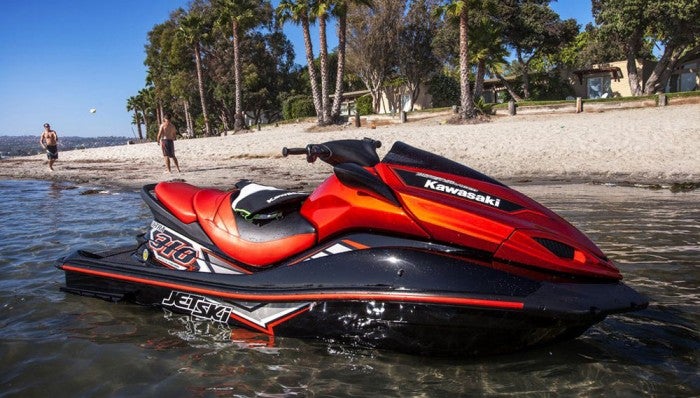
How to buy the right PWC for you
There’s nothing more exciting than taking a new PWC home, but unfortunately many buyers later suffer a degree of remorse when they discover they may not have actually bought the craft that best fits their lifestyle. Maybe they want more speed, maybe the craft doesn’t fit the roughness of their local waterway, or maybe it just doesn’t do the things they like to do as well as hoped.
A little research and honesty could avoid a lot of problems, and make sure you get the most out of a significant investment. So before you part with your hard-earned cash, or commit yourself to years of payments, first ask yourself…
Are you…
Aggressive/Into Speed?
If so, you owe it to yourself to consider true performance-oriented craft, with big engines and the hard-hitting boost provided by a supercharger.
Break them down along two lines – two or three-passenger. The former isn’t well represented, but the craft available are two of the hottest machines on the market, the Sea-Doo RXP-X 260 and Yamaha FZR. Both almost literally fly, leaping forward at the first touch of the throttle, and hitting that magic 65 mph mark in record time. They also handle with brutal agility, carving out a turn as if on rails, and rewarding those that can hold on with a ride not far removed from a true race machine.
Want the speed, but can’t afford the price tag? Consider the Sea-Doo GTR or Yamaha VXR. Both forego a supercharger, dropping both the price and potential fuel consumption, but take advantage of a lightweight hull to exploit their horsepower-to-weight ratio.
Into Tow Sports?
Personal watercraft are an economical alternative to a pricey tow boat, but not every craft makes the ideal watersports hauler.
First, consider the obvious. To legally tow in nearly every state, you need a three-passenger PWC. That leaves room for the driver, spotter, and person riding in the craft’s wake.
You also need to be practical about the power available, and what you plan to tow. Make no mistake, a PWC is an affordable alternative to a tow vehicle for many watersports, but it’s far from ideal. With the craft’s light weight and smooth hull surface, a strong rider will pull the craft around when cutting outside the wake. The power of many lower-end models also won’t be enough to pop a rider from deep water without a struggle. When up and under way, it’s also hard to keep a PWC’s speed steady. Throttle are sensitive, and speed changes as the rider exerts pull on the craft.
For best results, go for mid-level to higher-end models with a notch above the base engine. Cruise control will also make for a much better ride, locking in a towing speed and taking the driver’s trigger finger out of the equation. If you’re really hard core, Sea-Doo’s WAKE models even offer board racks and a tow pylon, which gets the towrope up and out of the craft’s jet wash.
The Touring Type?
This is probably one of the easiest groups to please. After all, virtually any PWC can be taken on a long-distance ride. For true long-distance comfort, however, some models fare better than others.
Again, a three-seater is best. You simply have more room on the saddle, more storage area for gear, and a longer, wider presence in the water that will produce the best ride in varying conditions.
How To Prepare For An Overnight PWC Adventure
If you’re hauling gear, pay close attention to storage capacity. Kawasaki’s Ultras are massive in storage; some Sea-Doo GTX models offer surprisingly little room. Be honest with yourself. Are you really the type to haul a tent, food, and other gear, or is it just a cool idea that you’ll probably never, or rarely, attempt? The answer will quickly narrow your list.
Saddle style is pretty important. Long rides are made much more comfortable by a saddle with serious lower-back support. If you’ve got multiple passengers, you’ll also want that saddle sloping, or tiered, to not simply mush every rider into the passenger in front.
Cruise control and no-wake modes also make long-distance cruising much more enjoyable. Holding a trigger throttle can grow tedious fast on a long ride.
Finally, consider the engine in your craft. A supercharged, high-horsepower engine will suck down more fuel, and require you to find more gas stops. A craft like Kawasaki’s Ultra LX, Sea-Doo’s GTX 155, or Yamaha’s FX HO make great sense here, offering the advantages of a top-end hull design without the high-performance engine.
Just Trying To Get Into The Sport?
Then by all means, look at introductory models. They offer many of the same thrills as the faster craft above for a considerably lower investment.
Just make sure you know what you’re getting, and do the math. Will that cheapest craft satisfy you a year from now? Will you outgrow the minimal features?
How To Ride Your PWC To Match The Conditions
Look up reviews to see each model’s realistic top speed, compare what you’re getting in terms of features, and see if that advertised price that gets you in the door is really the price you’ll spend once you add in the things you want. Unlike what many people expected, Yamaha chose not to dramatically lower the price of their V1 model to compete with Sea-Doo’s enticingly priced Spark, reasoning that most buyers optioned up the Spark into another price range that made the boats much closer competitors than they appeared at first glance.
Get PersonalWatercraft.com in your Inbox!
Like PersonalWatercraft.com on Facebook
Comments
Most Popular

Remembering the Sea-Doo XP

2025 Yamaha JetBlaster PRO 2-Up Review

2024 Yamaha GP HO Review

2024 Kawasaki Jet Ski STX 160X Review

2017 Kawasaki Jet Ski Ultra 310LX Review
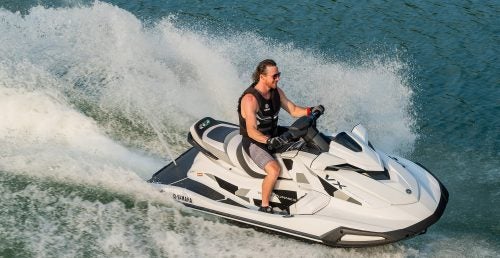



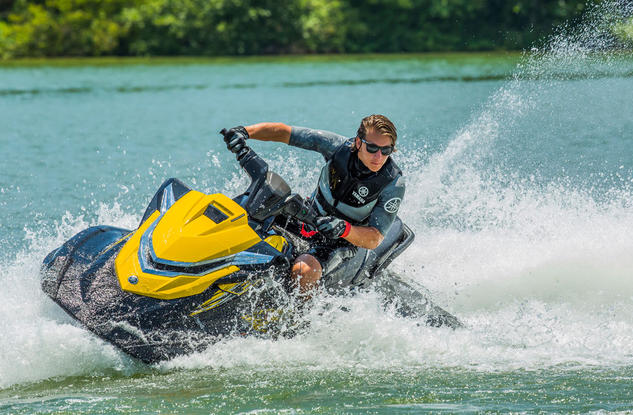
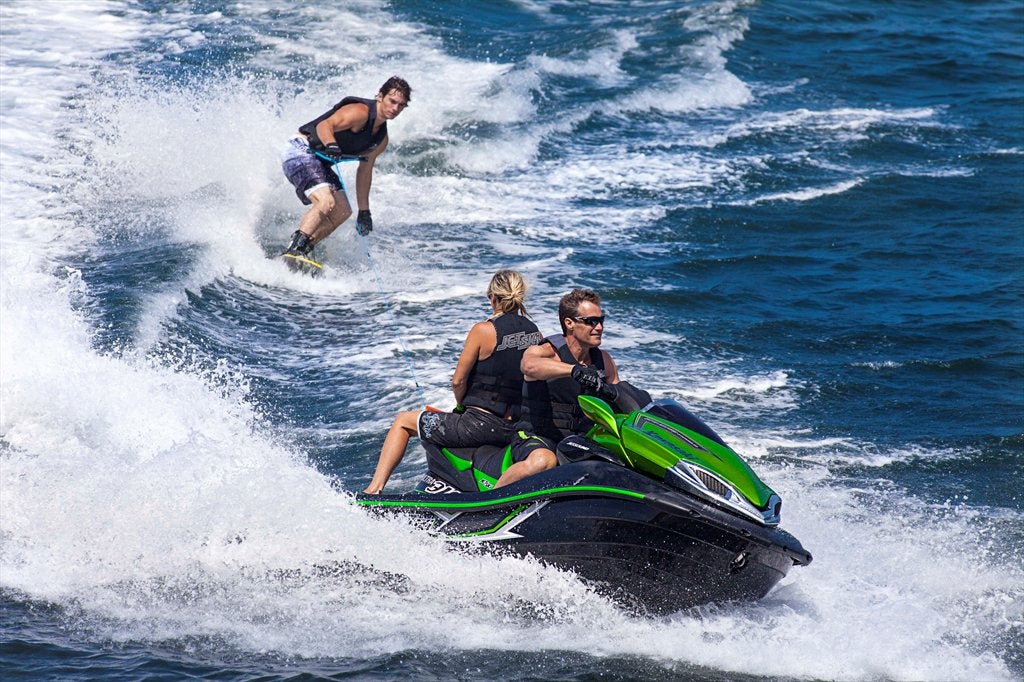

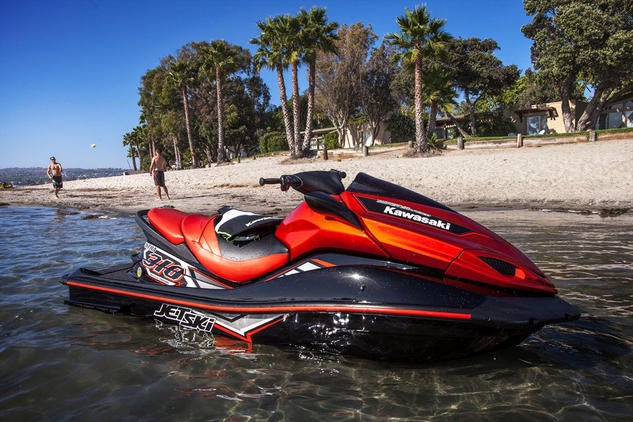
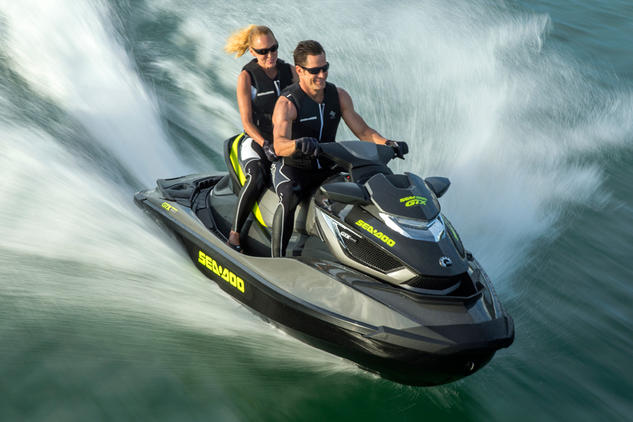
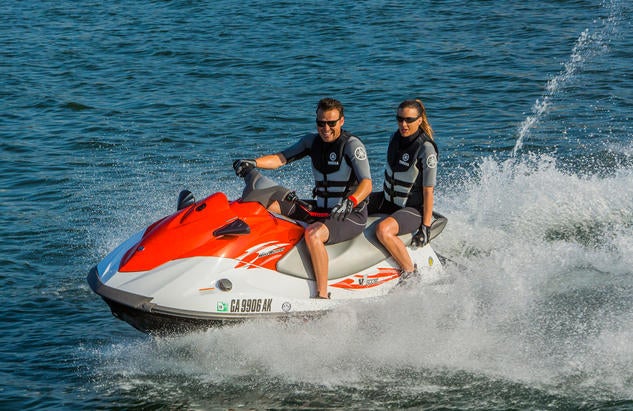


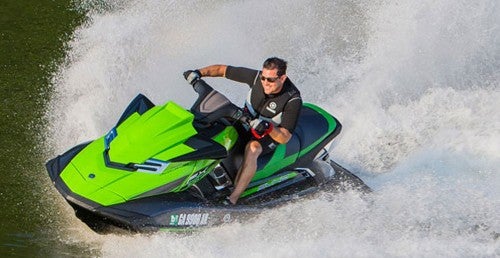






 Your Privacy Choices
Your Privacy Choices